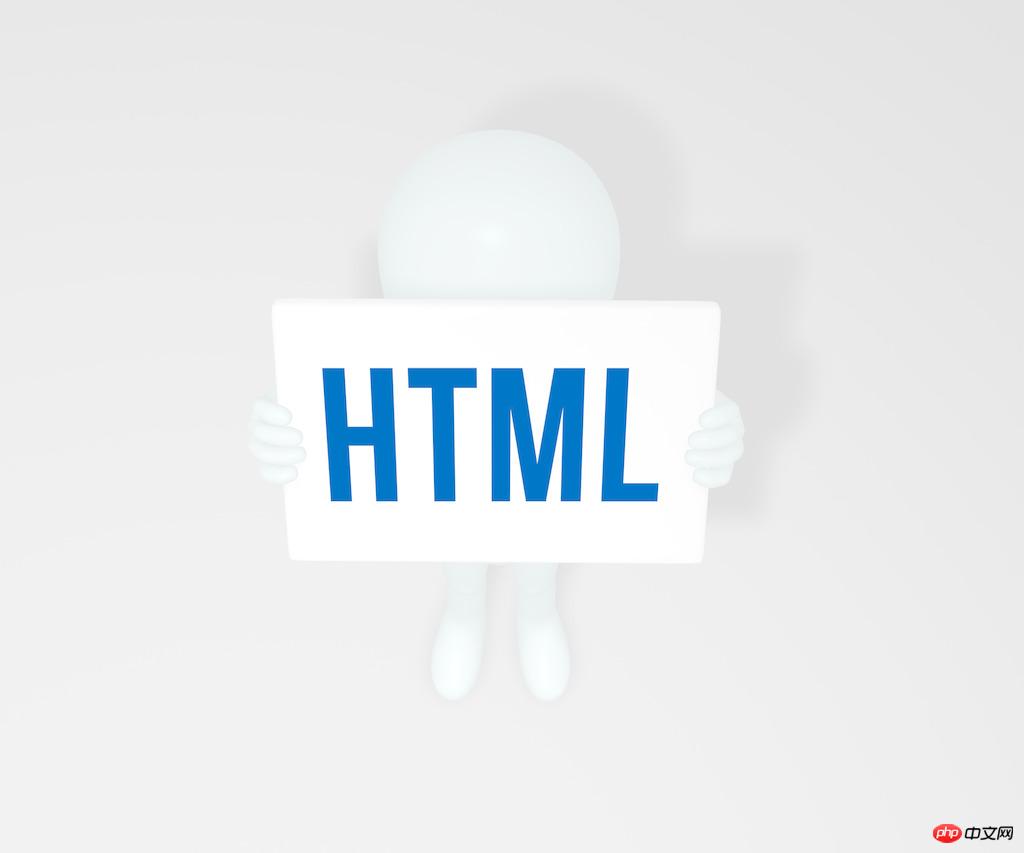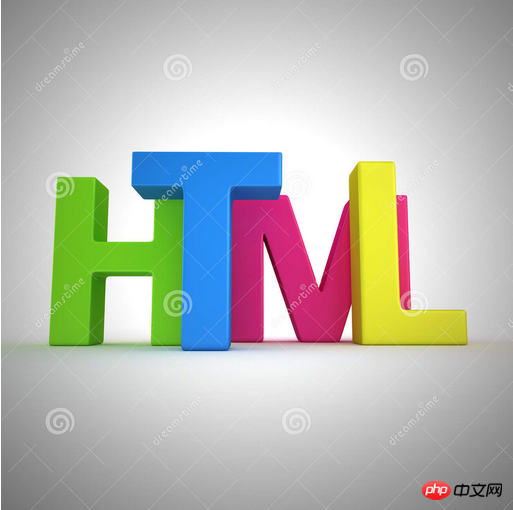Summarize several html codes for implementing hyperlinks
In our web pages, we often need to use anchor points or links. Some of them jump to links when clicking on text, and some of them jump to pictures when clicking on pictures. How to implement this? This article summarizes the knowledge points about hyperlinks:
1.Detailed introduction to hyperlinks in HTML

Super Link: Also called URL (Uniform Resource Locator), which is the Uniform Resource Locator. The general effect is that when we click somewhere on the web page, the web page will automatically jump to another place.
2.Hyperlink tag description in HTML
The various HTML documents of the website are connected to each other through hyperlinks to form a coherent website. Users can jump to the page they want to browse by clicking on the hyperlink. Therefore, hyperlinks can be seen in any website and are the core component of connecting websites to form a whole.

3.Detailed explanation of examples of hyperlinks in XHTML
Hyperlinks are also called "links". Hyperlinks can be said to be everywhere on the web pages we browse. When we click on a link address on a web page, it links to another web page. This is how hyperlinks work.
Use the tag to define a hyperlink, syntax:
Displayed text or image

Detailed introduction to the hyperlink tag. Including syntax, functions, application examples and application expansion.
5.Remove the dotted border that appears when a hyperlink or button is clicked
In the process of front-end production, you will find some text/picture links, or some input controls , a dotted border will appear around it when clicked. Generally, a dotted border will appear under Firefox and IE browsers, but not under Google.
These dotted borders are used as an auxiliary to visual design. When you use the keyboard Tab key to browse the page without using the mouse, the location of the current link or control will be marked for easy browsing. This is even more essential for those with visual impairments.
The above is the detailed content of Summarize several html codes for implementing hyperlinks. For more information, please follow other related articles on the PHP Chinese website!

Hot AI Tools

Undresser.AI Undress
AI-powered app for creating realistic nude photos

AI Clothes Remover
Online AI tool for removing clothes from photos.

Undress AI Tool
Undress images for free

Clothoff.io
AI clothes remover

Video Face Swap
Swap faces in any video effortlessly with our completely free AI face swap tool!

Hot Article

Hot Tools

Notepad++7.3.1
Easy-to-use and free code editor

SublimeText3 Chinese version
Chinese version, very easy to use

Zend Studio 13.0.1
Powerful PHP integrated development environment

Dreamweaver CS6
Visual web development tools

SublimeText3 Mac version
God-level code editing software (SublimeText3)

Hot Topics
 1387
1387
 52
52
 Table Border in HTML
Sep 04, 2024 pm 04:49 PM
Table Border in HTML
Sep 04, 2024 pm 04:49 PM
Guide to Table Border in HTML. Here we discuss multiple ways for defining table-border with examples of the Table Border in HTML.
 HTML margin-left
Sep 04, 2024 pm 04:48 PM
HTML margin-left
Sep 04, 2024 pm 04:48 PM
Guide to HTML margin-left. Here we discuss a brief overview on HTML margin-left and its Examples along with its Code Implementation.
 Nested Table in HTML
Sep 04, 2024 pm 04:49 PM
Nested Table in HTML
Sep 04, 2024 pm 04:49 PM
This is a guide to Nested Table in HTML. Here we discuss how to create a table within the table along with the respective examples.
 HTML Table Layout
Sep 04, 2024 pm 04:54 PM
HTML Table Layout
Sep 04, 2024 pm 04:54 PM
Guide to HTML Table Layout. Here we discuss the Values of HTML Table Layout along with the examples and outputs n detail.
 HTML Input Placeholder
Sep 04, 2024 pm 04:54 PM
HTML Input Placeholder
Sep 04, 2024 pm 04:54 PM
Guide to HTML Input Placeholder. Here we discuss the Examples of HTML Input Placeholder along with the codes and outputs.
 Moving Text in HTML
Sep 04, 2024 pm 04:45 PM
Moving Text in HTML
Sep 04, 2024 pm 04:45 PM
Guide to Moving Text in HTML. Here we discuss an introduction, how marquee tag work with syntax and examples to implement.
 HTML Ordered List
Sep 04, 2024 pm 04:43 PM
HTML Ordered List
Sep 04, 2024 pm 04:43 PM
Guide to the HTML Ordered List. Here we also discuss introduction of HTML Ordered list and types along with their example respectively
 HTML onclick Button
Sep 04, 2024 pm 04:49 PM
HTML onclick Button
Sep 04, 2024 pm 04:49 PM
Guide to HTML onclick Button. Here we discuss their introduction, working, examples and onclick Event in various events respectively.




